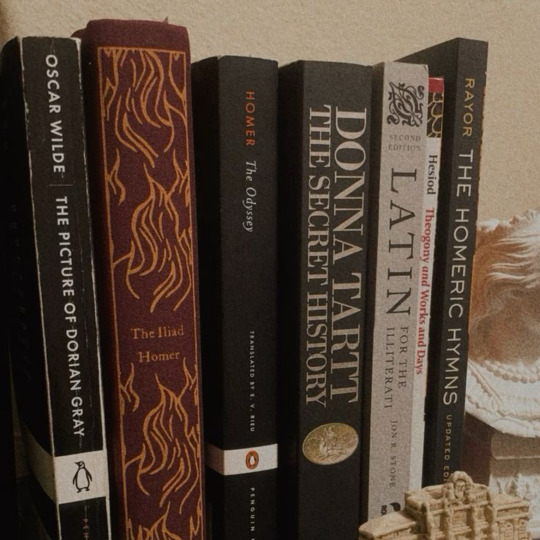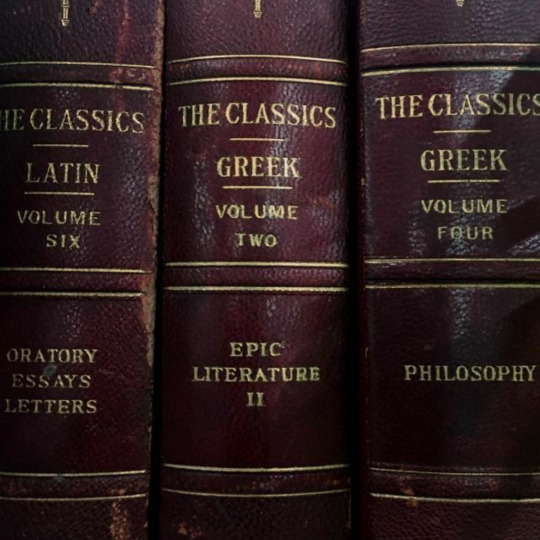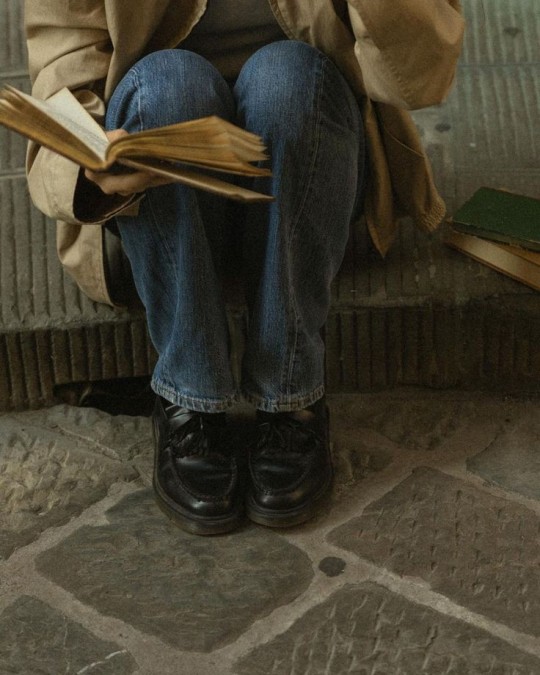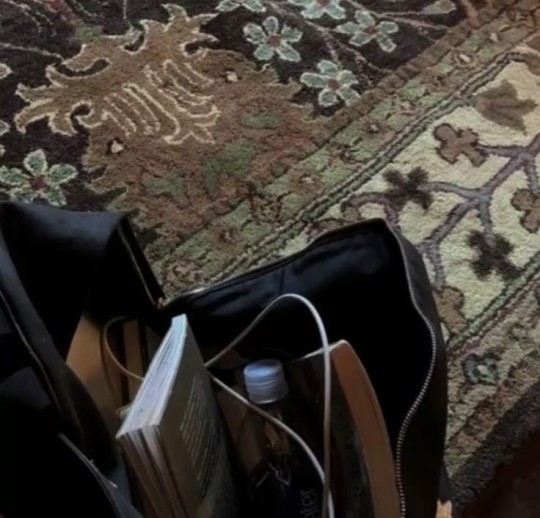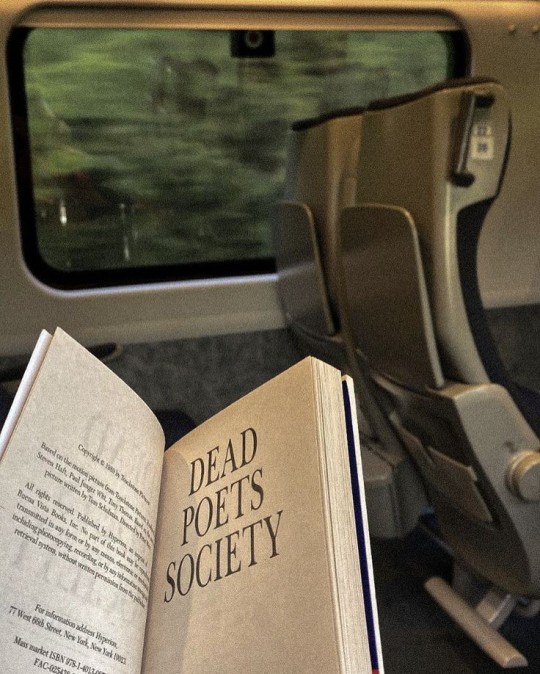Don't wanna be here? Send us removal request.
Text

Jessica Dias
0 notes
Text
A Morte, o Arrependimento e a Busca por Sentido: Uma Conexão Profunda entre "Hurt" e "Nó de Víboras"


A música "Hurt", na poderosa interpretação de Johnny Cash, e o romance "Nó de Víboras", de François Mauriac, embora pertençam a diferentes esferas artísticas, estabelecem um diálogo profundo e comovente sobre a condição humana. Ambas as obras exploram temas universais como a finitude da vida, o arrependimento, a busca por significado e a complexidade das relações humanas.
Em "Hurt", o clipe, com suas imagens impactantes do envelhecimento e da fragilidade, reforça a letra da música, que explora a dor , o vazio existencial quando o passado é rememorado e a busca por redenção. A voz rouca de Cash, carregada de emoção, transmite a angústia de um homem que se vê diante da finitude e questiona suas escolhas e a tristeza por magoar aqueles que ama. A música se torna um lamento, uma confissão e uma busca por sentido em um mundo que parece cada vez mais vazio e a proximidade da morte. (Johnny faleceu meses após o lançamento do clipe).

A morte, em ambas as obras, atua como um catalisador para a reflexão. A consciência da finitude impulsiona os personagens a questionarem suas vidas, seus valores e suas escolhas. Em "Hurt", a morte é apresentada como uma inevitabilidade que nos convida a fazer as pazes com o passado e a buscar um sentido para a existência. Em "Nó de Víboras", a morte é uma constante ameaça que paira sobre os personagens, impulsionando-os a agir de forma impulsiva, egoísta e destrutiva.
"A vida que me resta não me interessa mais. Que me importa como ela terminará? Que me importa que a morte me encontre no meio desta miséria?" (Nó de Víboras)
A busca por redenção é outro ponto em comum entre as duas obras. Tanto o eu lírico de "Hurt" quanto Louis, em "Nó de Víboras", buscam um perdão que os liberte do peso do passado. A fé surge como uma âncora para ambos os personagens, oferecendo um caminho para a transcendência e a reconciliação consigo mesmos, com os outros e com Deus.
"E, no entanto, em segredo, eu me arrependo. Sinto a necessidade de me purificar, de me livrar dessa culpa que me devora." (Nó de Víboras)
A futilidade dos bens materiais é outro tema recorrente. Em "Hurt", a acumulação de posses e a fama é retratada como uma tentativa vã de preencher um vazio existencial. Em "Nó de Víboras", a obsessão de Louis por status e riqueza revela a fragilidade das conquistas materiais e a importância das relações humanas.
A Jornada de Louis e o Clipe de “Hurt”
A jornada de Louis em "Nó de Víboras" é marcada por uma profunda angústia e ressentimento. Através de suas cartas, percebemos um homem atormentado pelo passado, incapaz de perdoar a si mesmo ou aos outros. A construção de Isabelle como vilã serve como um mecanismo de defesa, permitindo que Louis projete suas próprias falhas e fracassos em outra pessoa. No entanto, à medida que a narrativa avança, fica claro que a realidade é mais complexa e que tanto Louis quanto Isabelle são responsáveis pelos problemas do casamento. A busca por redenção de Louis é dificultada por sua incapacidade de reconhecer seus próprios erros e de assumir a responsabilidade por suas ações.
"Sonho com um dia em que possa me libertar desta prisão de ódio e ressentimento, mas as grades parecem cada vez mais fortes." (Nó de Víboras)
O clipe de 'Hurt' é uma obra-prima visual que complementa a intensidade da música. As imagens em preto e branco, com seus tons melancólicos, contrastam com a vibração da juventude retratada nos flashes de memória. A cadeira de rodas, símbolo da fragilidade e da passagem do tempo, acompanha Cash em sua jornada introspectiva. A sincronia entre a imagem e o som é perfeita, criando uma experiência audiovisual que nos transporta para o interior da alma do cantor. A voz rouca e cheia de emoção de Cash, marcada pelos anos de lutas e excessos, confere à música uma autenticidade que a torna inesquecível. A escolha de 'Hurt' como uma das últimas gravações de sua carreira revela a profunda conexão que o cantor estabeleceu com a música, transformando-a em um testamento artístico.

A Música e a Literatura como Catarse
Tanto "Hurt" quanto "Nó de Víboras" oferecem uma experiência catártica tanto para os personagens quanto para os leitores e ouvintes. A música e a literatura se tornam ferramentas para expressar emoções profundas e complexas, permitindo que os personagens e o público encontrem um sentido para o sofrimento e a dor.
Conclusão
"Hurt" e "Nó de Víboras" são obras que nos convidam a refletir sobre a condição humana, a passagem do tempo e a busca por significado e perdão. Ao explorar temas universais como a morte, o arrependimento, a fé e as relações humanas, ambas as obras nos oferecem uma oportunidade de nos conectarmos com nossas próprias experiências e de encontrar um sentido mais profundo para a vida.
"Acumulei riquezas, mas elas não me trouxeram a felicidade. A riqueza só serve para alimentar o egoísmo e a avareza." (Nó de Víboras)
youtube
1 note
·
View note
Text
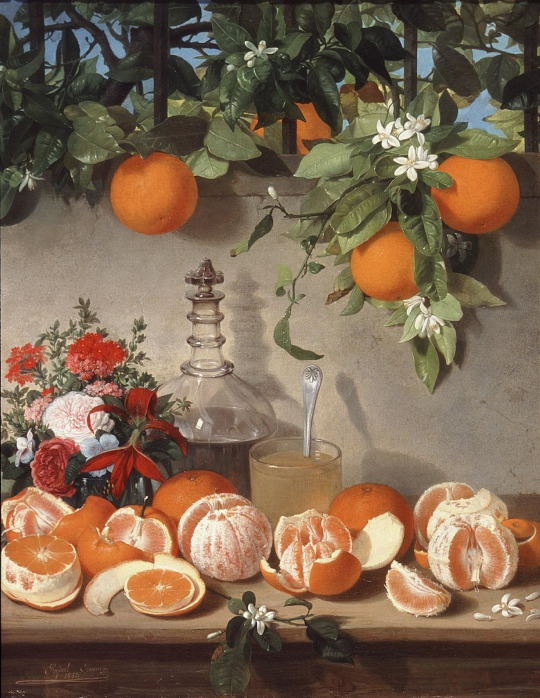
Rafael Romero Barros (Spanish, 1832-1895) Still life with oranges, 1863
14K notes
·
View notes
Text
The history of Portuguese c, s, z, ch and x
Portuguese C in cidade (city) has the same [s] sound as the S in solteiro (single). However, originally these sounds were different. The same goes for the [z]'s of fazer (to do) and riso (laughter): they used to differ too. Listen below to how these words evolved.
Latin C, a [k] sound, became [ts] before E and I in Old Galician-Portuguese: cīvitātem > cidade. This was also true for Old Spanish cibdad, Old Catalan ciutat, Old French citet and others.
Between vowels, [ts] was voiced to a [dz] sound: facere became Old Galician-Portuguese fazer. Likewise, Latin S became a [z̺] sound between vowels in all of these languages: riso [riz̺o]. In the 16th c. [ts] and [dz] became [s] and [z], but they continued to differ from 'normal' [s̺] and [z̺], which were a bit SH- and ZH-like. This means cem (100) and sem (without) didn't sound the same.
This difference persisted for a few centuries, but eventually the different S sounds and Z sounds merged - except in Galician (not featured in the video due to space limitations). In Galician, the northern descendant of Old Galician-Portuguese, C and Z both got the voiceless TH sound [θ]. There, cidade has the same [θ] as fazer, whereas solteiro and riso have [s]. This also happened in European Spanish: ciudad and hacer have the TH sound [θ] but soltero and riso have an [s] sound.
French and Catalan walked the same path as Portuguese. During the Middle French period, the S sounds merged. Cité and solitaire now both start with an [s]. The same goes for Catalan ciutat and solter.
38 notes
·
View notes
Text
donna tartt’s reading list
In an interview, Tartt lists her favorite authors and the names of a few works. I have listed the most popular works from each author and the specific ones she recommended as well.
Homer
The Iliad
The Odyssey
Greek Poets and Tragedians
Argonautica
Antigone
Prometheus Bound
The Oresteia
Medea
Oedipus Rex
The Bacchae
The Frogs
Dante
Inferno
Purgatorio
Paradiso
Shakespeare
“I went back and read Macbeth and Hamlet during the pandemic”
Macbeth
Hamlet
Dickens
“Dickens was a part of my familial landscape, the air I breathed.”
A Tale of Two Cities
Great Expectations
Nabokov
Pale Fire
Lolita
Proust
In Search of Lost Time
Swann’s Way
Dostoevsky
Crime and Punishment
The Brothers Karamazov
Yeats
The Collected Poems of W.B. Yeats
Irish Fairy and Folk Tales
Borges
Labyrinths: Selected Stories and Other Writings
Edith Wharton
The House of Mirth
Ethan Frome
Evelyn Waugh
Brideshead Revisited
Helena
Salinger
Catcher in the Rye
Virginia Woolf
Mrs. Dalloway
Orlando
Edward St. Aubyn
The Patrick Melrose Novels
Haruki Murakami
Kafka on the Shore
Norwegian Wood
Olga Tokarczuk
Drive Your Plow Over the Bones of the Dead
Don DeLillo
White Noise
Underworld
W.G. Sebald
Austerlitz
The Rings of Saturn
Joan Didion
The Year of Magical Thinking
The White Album
Other Specific Books
Memoirs d’Outre-Tome by Chateaubriand
Jigsaw by Sybille Bedford
All for Nothing by Walter Kempowski
A Balcony in the Forest by Julien Gracq
982 notes
·
View notes
Text
Word List: Psychology
concepts to help with your story/poem
All-or-nothing Thinking - In cognitive psychotherapy, a common thought distortion in which the individual irrationally evaluates everything as either wonderful or terrible, with no middle ground or “gray area”
Burnout - A state of exhaustion that relates to engaging continually in emotionally demanding work
Congruence - In humanistic psychotherapy, consistency between the real self and the ideal self; the source of mental health
Dodo Bird Verdict - A nickname for the common research finding that different forms of psychotherapy are roughly equally effective; derived from the line in Alice in Wonderland, “Everybody has won and all must have prizes”
Exception Questions - In solution-focused family therapy, a technique whereby therapists ask families to recall situations when the problem was absent or less severe
Fluid Intelligence - The ability to reason when faced with novel problems
Introspection - The process of looking inside the mind for evidence of mental processes or therapeutic change, rejected by behaviorists for its lack of objectivity
Microaggressions - Comments or actions made in a crosscultural context that convey prejudicial, negative, or stereotypical beliefs and may suggest dominance or superiority of one group over another
Negative Punishment - A form of punishment in which the individual “loses something good”
Negative Reinforcement - A form of reinforcement in which the individual “loses something bad”
Neurosis - Along with psychosis, one of the two broad categories of mental illness used in Europe in the 1800s; refers to disorders such as anxiety and depression in which the individual maintains an intact grasp on reality
Overpathologizing - Viewing as abnormal that which is actually normal; can be reduced by increasing cultural competence
Positive Punishment - A form of punishment in which the individual “gets something bad”
Positive Reinforcement - A form of reinforcement in which the individual “gets something good”
Social Support - Relationships with others who can provide support in a time of crisis and who can share in good fortune as well
Source: Clinical Psychology: Science, Practice, and Diversity (5th Edition) by Andrew M. Pomerantz
798 notes
·
View notes
Text






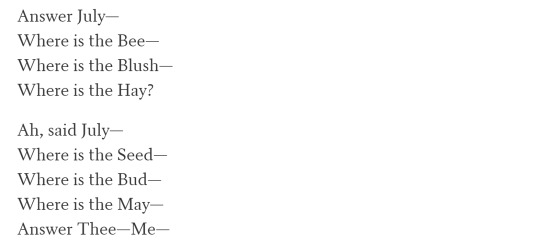
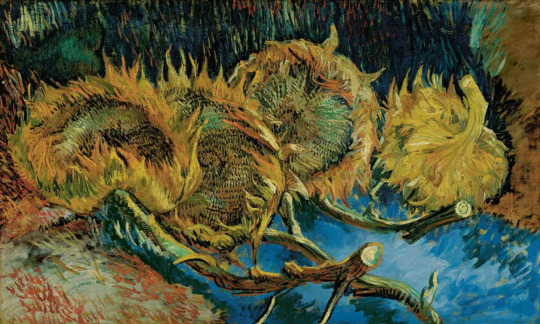

musings on July
"NW" Zadie Smith, "the Hands of Friendship" in Yerevan (@metamorphesque). "Jane Eyre" Charlotte Brontë (@flowerytale), Franz Kafka’s Diaries (@hungryfictions), "Summer night by the beach" Edvard Munch, "A Magic Mountain" Czeslaw Milosz (tr by Czeslaw Milosz and Lillian Vallee), "Answer July" Emily Dickinson, "Four Sunflowers Gone to Seed" Vincent van Gogh, The Diaries of Franz Kafka (@shisasan)
12K notes
·
View notes
Text
LJS 64 is a book of diagrams, many with moving parts, designed to accompany the work Theoricae novae planetarum by 15th-century Austrian Georg von Peurbach, who is considered one of the first modern astronomers. He was particularly interested in simplifying the Ptolemic system (which places the Earth in the center of the solar system). The diagrams in the book demonstrate increasingly complex planetary motion.
🔗:
LJS 64 was recently featured in #CoffeeWithACodex, you can watch the complete 30 minute video here:
926 notes
·
View notes
Text



A 16th-Century Book of Astrological Ideas Tried to Predict the Future Using Illustrated Wheel Charts
786 notes
·
View notes
Text
Astrology Study Guide
This study guide aims to provide a comprehensive understanding of astrology, its diverse applications, and its impact on various aspects of life, culture, and society. Basic Astrology Concepts:
Zodiac Signs and Meanings
Planetary Movements and Retrogrades
Elements and Modalities
book rec :
"The Only Astrology Book You'll Ever Need" by Joanna Martine Woolfolk
Natal Chart Interpretation:
Understanding the Houses
Significance of Planetary Placements
Importance of Aspects
book rec :
"Astrology for the Soul" by Jan Spiller
"The Inner Sky" by Steven Forrest
Astrological Techniques:
Transits and Progressions
Solar and Lunar Returns
Synastry and Composite Charts
book rec :
"Planets in Transit" by Robert Hand
"Predictive Astrology: The Eagle and the Lark" by Bernadette Brady
Advanced Astrological Concepts:
Asteroids and Chiron
Midpoints and Harmonics
Planetary Nodes and Part of Fortune
book rec :
"Chiron and the Healing Journey" by Melanie Reinhart
"The Combination of Stellar Influences" by Reinhold Ebertin
Astrological Practices:
Chart Calculation and Drawing
Interpretation and Analysis Techniques
Application in Personal and Professional Settings
book rec :
"The Professional Astrologer" by Oner Doser
"The Astrology Podcast" by Chris Brennan
Historical Astrology:
Evolution of Astrological Practices
Cultural and Historical Significance
Influence of Astrology on Society and Culture
book rec :
"A History of Western Astrology" by S. J. Tester
"Hellenistic Astrology: The Study of Fate and Fortune" by Chris Brennan
Ethics and Responsibility in Astrology:
Confidentiality and Trustworthiness
Maintaining Professionalism and Boundaries
Empowering Clients and Practitioners
book rec :
"The Ethics of Caring" by Kylea Taylor
"Astrology, Psychology, and the Four Elements" by Stephen Arroyo
Astrology and Psychology:
Psychological Astrology Principles
Use of Astrology in Counseling and Therapy
Integrating Astrological Insight into Self-Discovery
book rec :
"Astrology for the Soul" by Jan Spiller
"The Astrology of Fate" by Liz Greene
Astrology and Predictive Techniques:
Timing Events with Transits and Progressions
Forecasting Techniques and Tools
Preparing for Potential Challenges and Opportunities
book rec :
"The Art of Predictive Astrology" by Carol Rushman
"Solar Arcs" by Noel Tyl
Astrology in Modern Context:
Popularity and Relevance in Contemporary Culture
Astrology in Media and Entertainment
Social and Online Astrological Communities
book rec :
"Astrology, Karma & Transformation" by Stephen Arroyo
"The Astrology of You and Me" by Gary Goldschneider
Helpful sites/apps :
astro.com
astromatrix.org / astromatrix app
Pattern app
Co-star app
156 notes
·
View notes
Text
Myths, Creatures, and Folklore
Want to create a religion for your fictional world? Here are some references and resources!
General:
General Folklore
Various Folktales
Heroes
Weather Folklore
Trees in Mythology
Animals in Mythology
Birds in Mythology
Flowers in Mythology
Fruit in Mythology
Plants in Mythology
Folktales from Around the World
Africa:
Egyptian Mythology
African Mythology
More African Mythology
Egyptian Gods and Goddesses
The Gods of Africa
Even More African Mythology
West African Mythology
All About African Mythology
African Mythical Creatures
Gods and Goddesses
The Americas:
Aztec Mythology
Haitian Mythology
Inca Mythology
Maya Mythology
Native American Mythology
More Inca Mythology
More Native American Mythology
South American Mythical Creatures
North American Mythical Creatures
Aztec Gods and Goddesses
Asia:
Chinese Mythology
Hindu Mythology
Japanese Mythology
Korean Mythology
More Japanese Mythology
Chinese and Japanese Mythical Creatures
Indian Mythical Creatures
Chinese Gods and Goddesses
Hindu Gods and Goddesses
Korean Gods and Goddesses
Europe:
Basque Mythology
Celtic Mythology
Etruscan Mythology
Greek Mythology
Latvian Mythology
Norse Mythology
Roman Mythology
Arthurian Legends
Bestiary
Celtic Gods and Goddesses
Gods and Goddesses of the Celtic Lands
Finnish Mythology
Celtic Mythical Creatures
Gods and Goddesses
Middle East:
Islamic Mythology
Judaic Mythology
Mesopotamian Mythology
Persian Mythology
Middle Eastern Mythical Creatures
Oceania:
Aboriginal Mythology
Polynesian Mythology
More Polynesian Mythology
Mythology of the Polynesian Islands
Melanesian Mythology
Massive Polynesian Mythology Post
Maori Mythical Creatures
Hawaiian Gods and Goddesses
Hawaiian Goddesses
Gods and Goddesses
Creating a Fantasy Religion:
Creating Part 1
Creating Part 2
Creating Part 3
Creating Part 4
Fantasy Religion Design Guide
Using Religion in Fantasy
Religion in Fantasy
Creating Fantasy Worlds
Beliefs in Fantasy
Some superstitions:
Read More
314K notes
·
View notes
Text
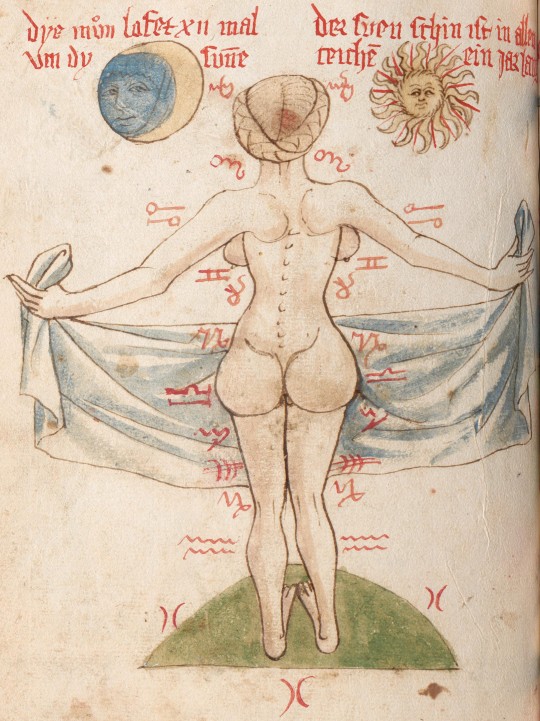
zodiac woman from behind
in a german astrological manuscript (the 'tübinger hausbuch'), mid-15th c.
source: Tübingen, Universitätsbibliothek, Md 2, fol. 42r
2K notes
·
View notes
Text
does your heart ever go
✨ h i s t o r y ✨
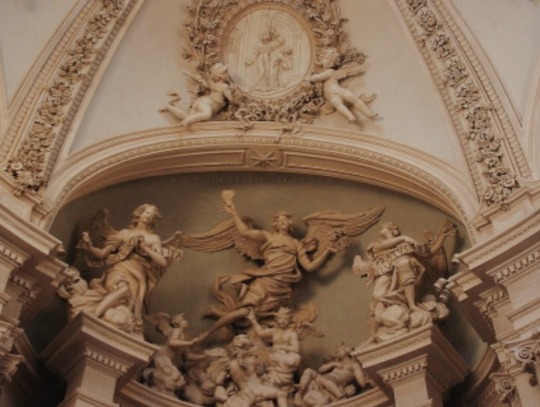






me too.
17 notes
·
View notes
Text

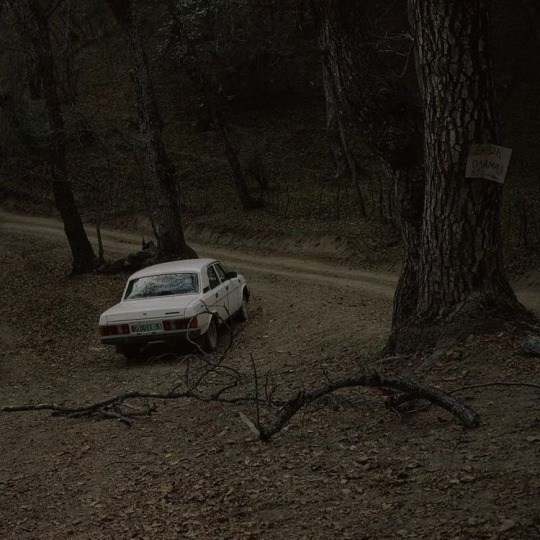





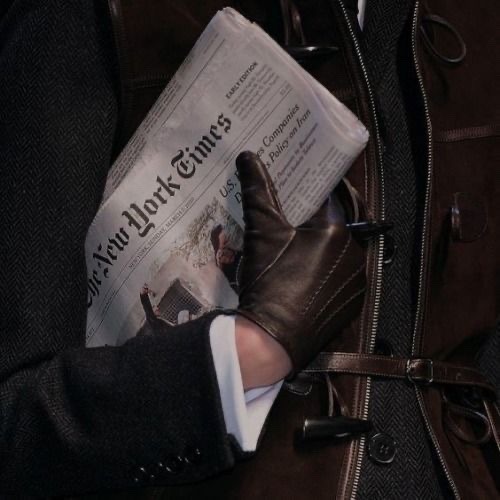

“Death is the mother of beauty.” “And what is beauty?” “Terror”
— Donna Tartt, The Secret History
7K notes
·
View notes
